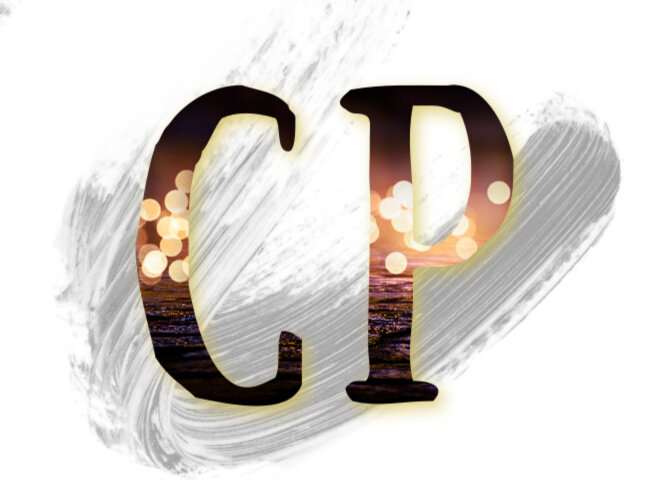I Tried a Double Oak and a Triple Oak Cask Finished Whiskey. Which Is Better?
Cask finishing can completely change a whiskey's character. This taste test proved it.
Originally published on Men’s Journal
View this story online
Angel's Envy is hardly a hipster whiskey, but its reps can say that they were cask finishing long before it was cool. Cask finishing, the practice of maturing whiskey multiple times, was first introduced in 1982 by way of the Balvenie Classic when the single malt scotch was further matured in oloroso sherry casks, giving the spirit unexpected depth and flavor.
The practice of maturing whiskey multiple times by moving it from one barrel to another has risen in popularity. Distilleries seize the opportunity to add a unique twist to their signature bottles. A few interesting experiments include ale cask finish, maple syrup cask finish, and cherry wood casks.
Cask finishing is standard practice at Angel's Envy distillery, where its core bourbon is aged for approximately five years before being finished for six more months in ruby port barrels. The Kentucky-based distillery’s Signature Series also includes rye with a Caribbean rum finish. But the latest addition to the lineup is Triple Oak, Angel's Envy’s first new finished spirit in 10 years. It was worth the wait.
A blend of whiskeys finished in three types of barrels, Triple Oak’s repertoire includes Hungarian oak, Chinkapin oak from Kentucky, and French oak for a total of three white oak casks.
Rather than finishing the whiskey with the flavors of another spirit, cask finishing in oak barrels infuses the spirit with hints of the barrel itself. The enhanced oak profile adds a deeper spice, while undertones of vanilla and caramel linger in the background.
It’s a delicious addition. Triple Oak is deep and spicy from the first nose, thanks to the toasted Hungarian oak. Light smoke comes from the Chinkapin oak, while the French oak adds a slight fruity flavor. At 92 percent ABV, there’s a pleasant sweetness as well—brown sugar has a strong presence, while some darker fruits rest in the background, resulting in a savory balance.
I enjoyed Angel's Envy Triple Oak so much that it didn’t occur to me to try many others. I guess I couldn’t see the forest for the trees. But when I learned that Sagamore Spirit, one of my favorite whiskeys for cocktails, had released a Double Oak Rye, I had to try it. The Maryland distillery has long been considered an overlooked source of whiskey, but its Double Oak may earn it the acclaim it deserves.
I knew a pour of Sagamore would differ from Angel's Envy. For one, it’s a rye instead of a bourbon. While bourbon must be made with at least 51 percent corn, rye whiskey is made with at least 51 percent rye, resulting in a spicier flavor palate reminiscent of black pepper.
Like Angel's Envy, Sagamore Rye goes through a second aging process in a different barrel but its process lasts much longer. Sagamore’s straight rye whiskey is aged four to five years in new American oak barrels before it’s moved into toasted wave stave barrels for 18 months, 12 more than Angel’s Envy's six-month process.
It’s a notable difference. Sagamore’s Double Oaked rye is a much richer, deeper spirit. There’s a strong scent of maple syrup at first nose, even darker than Angel's Envy, offering a strong whiff of brown butter alongside some oak char and a touch of coffee bean. It also has a higher viscosity—the rye’s mouthfeel is rich and savory, with notes of toffee and caramel.
At 96 proof, 43 percent ABV, the rye packs a punch, which makes its density a plus, ensuring drinkers will enjoy it leisurely. It’s impossible to sip this spirit quickly—it demands to be savored slowly while savoring every last note.
My home bar will be home to both double and triple oak whiskeys going forward. I’ll have to keep myself from yelling “Timber!” while I pour.

